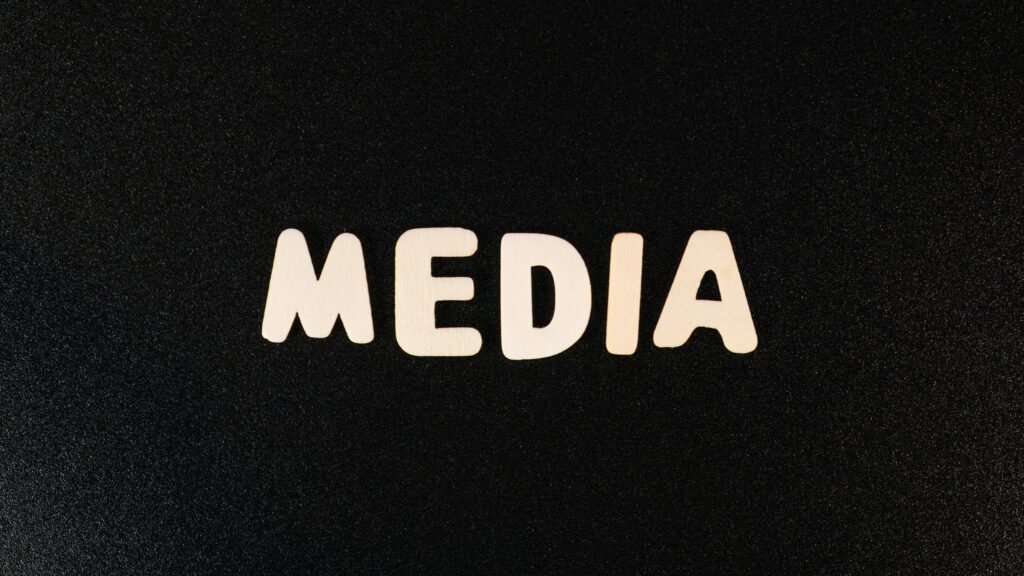Streaming Services Continue to Disrupt Traditional Models
This month, the big three—Netflix, Disney+, and Amazon Prime—each made moves that point to the evolving nature of the streaming space. Netflix doubled down on its global expansion with new local-language originals in India and Spain, while also testing tighter password-sharing restrictions in three more countries. Disney+ announced a leaner release schedule, pivoting away from content volume toward curated tentpoles. Meanwhile, Amazon Prime continued to lean into sports and live events, signaling its intent to own more “appointment viewing”—once TV’s stronghold.
On the release strategy front, the pendulum keeps swinging. Weekly episodic drops are back in fashion for prestige series, aiming to build sustained buzz. Binge releases haven’t vanished, but they’re being reserved for lighter fare or global dumps. Exclusive content windows—like 45-day theatrical runs before streaming—are no longer just experimental. They’re standard procedure in an effort to maximize revenue across platforms.
Data is the silent force behind all of it. Viewer behavior—how long people watch, when they tune out, what they rewatch—is shaping every pitch, production, and placement. Scripts are getting greenlit based as much on performance projections as on talent. Streaming giants aren’t just competing for eyeballs anymore—they’re tuning their entire strategy around algorithms and efficiency scores.
(For deeper context: How Streaming Services Are Reshaping Content Distribution)
Consolidations, Mergers, and Strategic Partnerships
The media industry isn’t getting bigger—it’s consolidating. This month saw a sharp uptick in deals aimed at cutting costs and expanding library strength. Big names are moving fast: Warner Bros. Discovery and Paramount are reportedly exploring joint production ventures, while regional broadcasters in Europe are merging backend systems to pool resources. It’s all about efficiency and scale.
For corporate giants, pooling libraries and streamlining ops makes content distribution easier and cheaper. But it also means fewer buyers in the market. That’s a double-edged sword for independent producers. On one hand, tighter pipelines and shared strategies can create opportunities to plug into broader ecosystems. On the other, less competition means less leverage—and sometimes, lower budgets.
Expect Q2 to bring even more movement. With ad revenues still recovering and subscriber growth slowing across the board, consolidating isn’t nice to have—it’s survival. Indies will need to stay sharp: either align with the right players or figure out how to keep autonomy while staying visible.
The Rise (and Cost) of Original Content
Original content is no longer a luxury—it’s the battleground. Platforms like Netflix and Disney+ are scaling back their licensing budgets and investing more heavily in content they fully control. The simple reason? Brand identity. A compelling original can’t be quietly pulled by a third-party rights holder. It builds loyalty. It signals taste. And crucially, it gives streamers leverage in a crowded field.
But that shift comes with a price tag. Budgets are moving away from mass production and toward targeted, high-impact projects that can travel globally. Think fewer titles, but with bigger bets per release. This past month saw global hits like Amazon’s “The Fort” and Netflix’s “Mothers of Seoul” outperform expectations both in view counts and completion rates. Quality beats quantity—and the data backs it up.
Behind the scenes, the production model is getting leaner. Studios are assembling fractional content teams—specialists hired project-by-project—and leaning on remote workflows to cut overhead. Fewer middle layers. More agility. The era of bloated content ops is ending, and efficiency is now a competitive edge.
For creators and producers, the message is clear: focus, move fast, and bring something unique to the table. The platforms aren’t just buying content. They’re buying commitment, originality, and global appeal.
Advertising Rebounds, but it’s Complicated
After years of promising “ad-free,” most streamers are now embracing ads—just differently. Ad-supported tiers are no longer a fallback or a side hustle; they’re becoming a core strategy. Netflix, Disney+, Peacock, and others have all rolled out or expanded lower-priced ad tiers. Turns out, consumers will tolerate spots—if it means shaving a few bucks off the monthly bill.
Hybrid models are hitting that middle ground: cheaper subscriptions in exchange for light advertising. Users keep access to premium content, platforms get more consistent cash flow, and brands cement a new path into once-walled gardens. Everyone’s finding a trade-off they can live with.
But who really wins? For platforms, it’s gold. They finally tap into advertiser budgets without alienating price-sensitive viewers. For brands, it’s a more controlled and measured environment than traditional TV ever was. For audiences? Mixed bag. Some welcome the savings. Others grit their teeth through ads they didn’t sign up for five years ago.
What’s clear: ad-supported streaming isn’t a trend—it’s the future creeping in sideways.
Tech-Driven Media Experiences Are Accelerating
A shift is underway, and it’s running on code. AI is quickly becoming the backstage crew of the media world. Postproduction is faster and cheaper—thanks to tools that can autogenerate rough cuts, color grade in minutes, and even sync dubbed audio with frightening precision. Trailers? Some studios are now using AI to auto-assemble attention-grabbing previews based on scene data, pacing algorithms, and historical engagement metrics. The result: faster sprints from wrap to release, and fewer human hours needed to polish a product.
But the upgrades don’t stop at production. Personalized content feeds are getting creepier–and more effective. Platforms are now predicting not only what genre a user wants next, but the tone, pace, and even emotional range. One viewer might see comedy-heavy thrillers, another darker dramas with slow-burn arcs—all tailored by tagged metadata and behavioral patterning.
Then there’s interactive storytelling. Tech and budget are finally catching up to the premise. A handful of funded pilots are letting viewers shape character decisions and branch storylines in real time. So far, the results are mixed. Engagement is high—when the tech works—but narrative quality often takes a hit. We’re still early in this wave. Whether it’s a gimmick or a game-changer depends on how much creative control studios are willing to hand over—and whether audiences actually want to drive.
In the end, AI and interactivity aren’t replacing storytelling. They’re stretching its shape. Creators who learn the new tools, without losing hold of what makes a story land, will be the ones leading the next chapter.
Challenges Looming Ahead
Consumers are tired. The streaming boom led to a flood of platforms, each with its own app, billing cycle, and must-watch exclusives. The result? Fragmentation fatigue. Viewers don’t want to juggle seven subscriptions just to follow their favorite shows. This isn’t just an annoyance—it’s bleeding into performance metrics, engagement, and ultimately, revenue.
The churn rate proves the point. Even as subscriber numbers grow in bursts, people are canceling faster than before. Promotions draw them in, but sparse libraries or high prices push them right back out. Loyalty is thin when content gets sliced across competing silos.
Then there’s regulation. Governments are starting to pay closer attention, especially on issues like content moderation, algorithmic bias, and how user data is being used to shape what we see—or don’t. What used to be a freewheeling digital gold rush is now a maturing industry facing pressure to act more like established media. Compliance costs are going up. So is the public scrutiny.
In short, while the market keeps expanding, the road ahead isn’t frictionless. The winners will be the ones that simplify choices, justify costs, and stay on the right side of both the algorithm and the law.
Final Thought: Momentum Happens One Disruption at a Time
This month’s trends might seem minor in isolation—another licensing deal here, a tweak to ad models there—but they’re stacking fast. The media landscape doesn’t pivot all at once; it shifts in layers. Today’s small moves become tomorrow’s new normal.
That’s why sharp operators aren’t chasing every headline. They’re watching for patterns. Growth isn’t just about reacting quickly—it’s about recognizing momentum before it hits the mainstream. Whether it’s AI-driven production or a new approach to tiered subscriptions, the people winning are the ones already building for what’s next.
Still, all of this doesn’t change the fundamentals. Execution in real time matters. Staying lean, questioning assumptions, and adapting fast—that’s the game. The smartest players know it’s not about predicting every disruption. It’s about staying positioned, dialed in, and always a half-step ahead.




